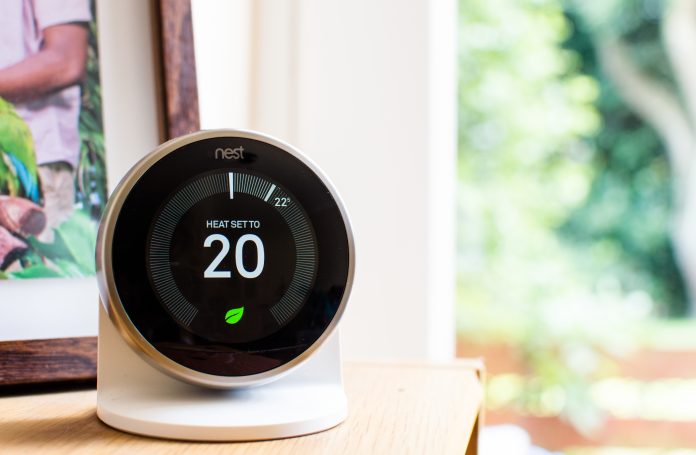In this article, Silas Campbell at Blueleaf identifies and discusses the ways in which technology is impacting and enhancing the way care homes are run; from smart home integration to robots helping to fight loneliness
The care sector is in a time of change, and while there is a degree of uncertainty as to what the future holds, the opportunities are also exciting. Currently, only some care homes take advantage of the technology already on offer, so there is still a huge way to go to achieve mass implementation.
What technology is currently available to the care sector?
The role technology plays in this sector has become increasingly prevalent over recent years; with many care homes uptaking this, enabling both residents and employees to enjoy the associated benefits.
Care homes across the country need to stop being wary of the introduction of new technology, and start implementing it so they can feel the associated benefits.
Artificial intelligence
There are aspects of Artificial Intelligence (AI) that have been introduced into care homes across the UK, allowing for the monitoring of patients to predict the need for early intervention. This particular technology will allow for an extended ecosystem; making the delivery of 24/7 care a possibility.
AI-based tools can track habitual behaviour, spot changes in real time and provide a platform for the end to end digitisation of healthcare. Coordination of the ecosystem of local authorities, healthcare providers, NHS Trusts, GPs, registered nurses and care homes will also be more streamlined through AI-based solutions.
These innovations are transforming the way in which care is delivered, which in turn will alleviate the pressure on carers and families alike.
Smart home technology integration
While smart devices increased in popularity across domestic homes in the early 2000s, it wasn’t until more recent years that they were introduced into UK care homes.
By automating daily tasks, some of the stress has been alleviated from caregivers, in addition to resident’s well being increasing – all whilst care homes have saved both time and money.
Thermostats
Nest and Hive are just two examples of thermostat technology installed in care homes across the country. Used in both communal areas and individual rooms, caregivers are easily able to ensure that areas are heated adequately and temperatures are regulated, to ensure both residents and staff are comfortable.
The implementation of thermostats in resident rooms mean that individual needs can be catered to. As the devices can be locked, smart thermostats provide care professionals with an extra element of control, so any unwanted changes can be avoided.
Smart devices
Present across numerous care homes across the UK, smartphones and tablets are a lifeline for residents to keep in touch with loved ones, as well as acting as a form of entertainment.
They are also benefiting employees, who are able to use mHealth apps to monitor residents’ health and medical records.
Similar to smartphones and tablets, care homes are finding smartwatches particularly beneficial for dementia residents, who may have become disoriented and wandered off.
Like fitness trackers, vital stats such as heartbeat can be regularly monitored by employees, without having to invest in costly additional equipment.
Future predictions of technology within care homes
While in recent years, the care sector have upped their game in the implementation of technology; there is still a way to go.
Robotics, AI and machine learning technology are expected to play a large role in enhancing and transforming care homes in the future. As previously stated, technology is expected to benefit not just patients by combating severe issues such as loneliness, but care professionals as well. Assisting with daily core tasks, reducing workloads and broadening health care functions will allow carers to devote more time to residents to provide compassionate care.
Will robots lead to automation of jobs in the care sector?
While the future possibilities robots can provide in care homes are extremely exciting, they are still tackling the stigmas attached; with one fear being robots “steal” jobs.
Issac Theophilos, author of How to Get Outstanding: An Ultimate Guide for Care Homes commented on the prediction of adopting robotics and other technological advancements within the care industry: “The ability of the machines to learn is multiple times better than humans.
AI could be a model to disrupt overreliance on the people-based system. I do not think machines could replace people in the front line care. However, machines could supplement to support the front line care staff. The shortage of frontline staff will remain a problem.”
Final thoughts
It’s clear to see that the care sector has adopted the use of current technology, such as smart home systems, patient monitoring equipment, artificial intelligence, and software solutions, in a bid to become more efficient.
The whole sector needs to be aware of the opportunities available and be on-board with and implement these new technologies, as they could be the key to solving the challenges that the industry faces.











